Village of the Week: Oxenhope has been moulded by textile mills and steam trains
And the story of the village of Oxenhope, in West Yorkshire, doesn’t end there. It is hard to pin point exactly where it starts though.
Many other village and hamlets that feature on these pages have Domesday Book entries, documented historical links or even archaeological finds that can suggest early inhabitation of an area.
Advertisement
Hide AdAdvertisement
Hide AdSet against a backdrop of the wild and windy moors of the Pennines, Oxenhope is a village with cottages and terraces of stone that have been turned brown, grey and black over the years thanks to industry and the elements.
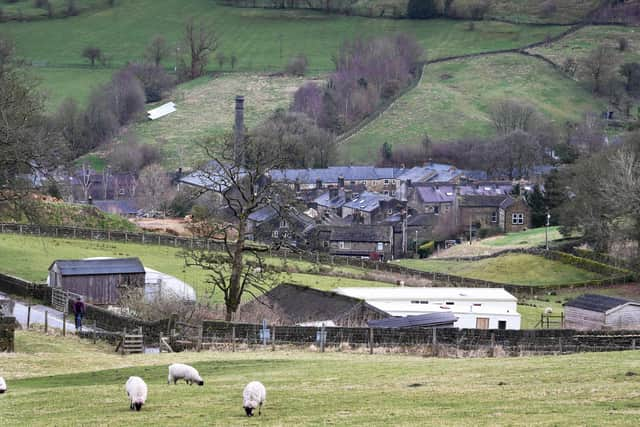

But, they seem to be offset with rolling green hills, a patchwork of fields and drystone walls, trees and purple heather that seem to always be whistling in the wind.
Whilst farming will have been an early occupation and way of life – still is for some families – it wouldn’t have been easy here due to the height and hills and the weather that that brings with it.
In the early 1800s and early Victorian period though, Oxenhope would have started to dramatically alter from the sleepy village defined by farming of cattle and livestock.
Advertisement
Hide AdAdvertisement
Hide AdIn fact that rural way of life was about to see its polar opposite.
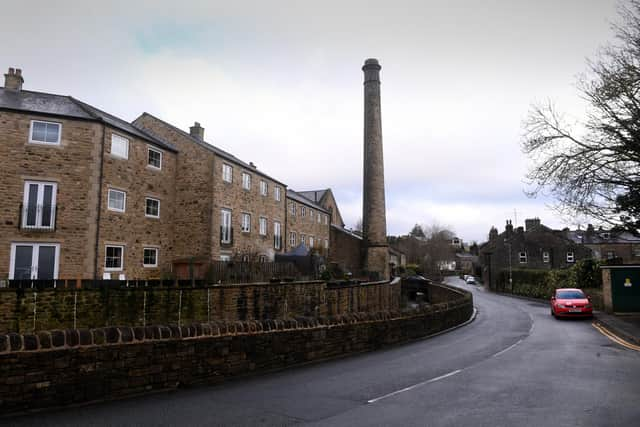

It was becoming more and more common for pieces of cloth made by farm-clothiers or their workers to be transported to and sold at the Piece Hall in Halifax.
In Oxenhope, the years 1830 to 1850 saw the construction of a ‘second wave’ of textile mills, with almost 20 in the area by the mid 19th century.
This boom in the textile industry in this small corner of West Yorkshire was set to change the landscape and fortunes of Oxenhope.
Advertisement
Hide AdAdvertisement
Hide AdProperties to house mill workers were built, and owned by wealthy mill bosses which led to a culture of compliance amongst workers – not dissimilar to that a country estate would practice in the countryside.
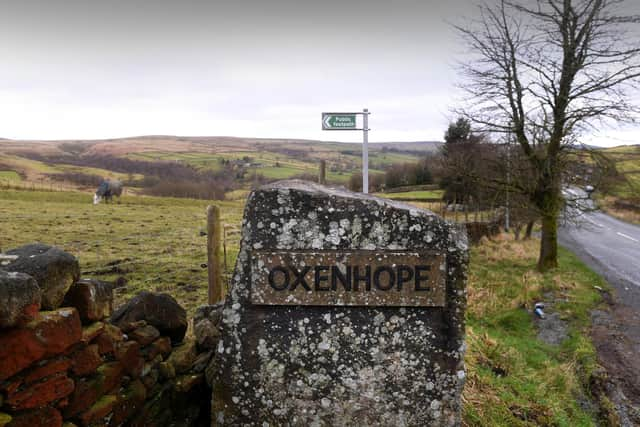

Mill owners paid the wages, they owned the houses staff lived in, took the rent and also could turf out any troublesome workers from their homes if they wanted.
A siren would sound at 7am across the village to warn latecomers of the time.
Inevitably, the mills meant there was need for workers and people needed money, so willing workers were easy to come by and that meant the village was overcrowded and wages could be low.
Advertisement
Hide AdAdvertisement
Hide AdAt that time Oxenhope was not connected to a proper sewage system so it is likely people would have died of cholera and typhoid fever.
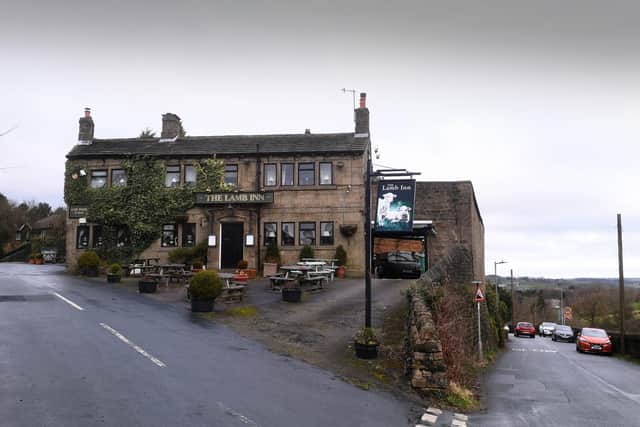

Villagers have told of their regret that those sirens were silenced as the mills made way for modern development
Leeming Reservoir was built between 1872 - 78 to compensate the mill owners in the valley for the diversion of water to Bradford using conduits constructed across the moors.
It came at a cost of more than £67,000 and meant that two mills had to be demolished to make way for it.
Advertisement
Hide AdAdvertisement
Hide AdPrior to this though, became one of the biggest game-changers for Oxenhope and one that it still very much part of village life now.
In 1861, John McLandsborough, a civil engineer, had visited Haworth to pay tribute to Charlotte Brontë but was surprised to find that it was not served by a railway. He proposed a line running from Keighley to Oxenhope which would serve three small towns and 15 mills along the route.
Work started in 1864 and was meant to take a year but it was actually two due to some delays in buying the land, engineering problems and, it is reported, a cow eating the plans.
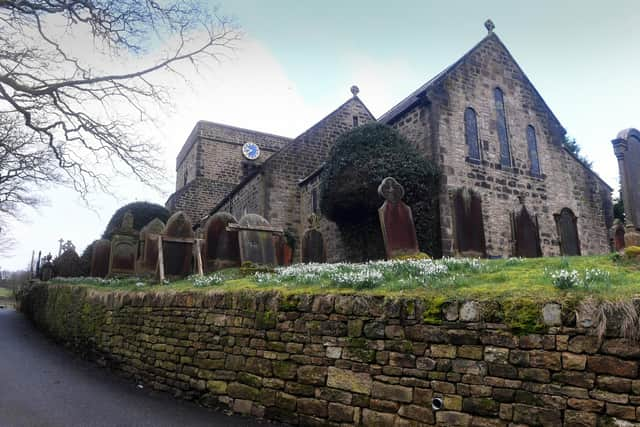

British Railways operated the last scheduled passenger train on Saturday December 30, 1961 and it was deemed withdrawn from Monday January 1 1962. However, a preservation society formed afterwards would buy the line and reopened it on June 29, 1968 as a heritage railway.
Advertisement
Hide AdAdvertisement
Hide AdThe Keighley and Worth Valley Railway is now operated by, in the region of, 500 volunteers and attracts more than 100,000 visitors each year.
And it isn’t the only point of historical interest to be preserved.
Oxenhope has 44 listed buildings that are recorded in the National Heritage List for England at grade II level.
Most are houses and cottages, farmhouses and farm buildings while others include a milestone, a milepost, a textile mill, a mill chimney, a public house with a mounting block nearby, churches and a chapel, and a former packhorse bridge.
Advertisement
Hide AdAdvertisement
Hide AdThey all date back to the 18th and 19th century with a handful that pre-date them and were constructed in the 17th century.
A snippet by David Samuels in an online account tells of another gem of a story.
There was such a thing as the 'Pitch and Toss' gamblers at Fly Flatts stone quarries and the past time became so successful, men were employed to keep look out for police.
Stone embankments were even built in the higher points of the landscape so they could see from afar and warn gamblers of police presence.
Advertisement
Hide AdAdvertisement
Hide AdPeople travelled to gamble and one man moved his family from Bradford to Oxenhope so be nearer his 'work'.
It went on for years and police couldn’t stop it until Bradford, Halifax and Keighley forces teamed up and surrounded the area.
Allegedly, that was the end of it, as what did start as a bet, also has developed into a highlight in the village calendar.
In the 1970s, two local farmers made a bet about racing between pubs and having a pint at each. By the end of the night they agreed they would also be carrying a 20kg bale of straw along the two and a half mile route and six pubs.
To date the Oxenhope Charity Straw Race has raised more than £450,000 for Sue Ryder Manorlands Hospice, Haworth Riding for the Disabled and other local worthy causes.
